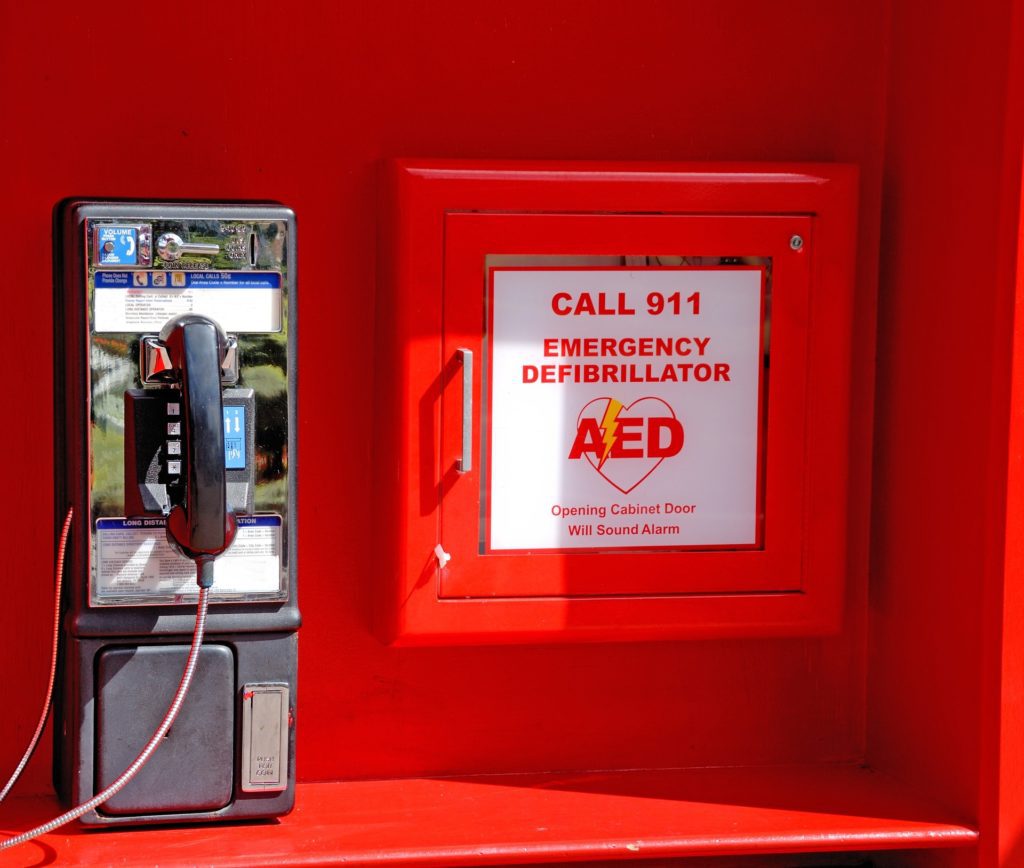Three Heart Attack Symptoms in Seniors You Need to Know

In This Article:
- Heart Attack Symptoms in Seniors to Watch For
- Heart Attacks and Seniors
- Reducing a Senior’s Risk of Heart Attacks
- Your Next Steps
February is American Heart Month, an event designed to remind Americans to focus on heart health. At Cahoon Care, we wanted to take this opportunity to share a few important facts about heart attacks in seniors. Heart attacks are frightening events, but many people can and do survive. However, being able to recognize the symptoms of a heart attack is essential to increasing a person’s chance of survival.
Heart Attack Symptoms in Seniors to Watch For
According to the American Heart Association, there are three major signs of a heart attack:
- Chest discomfort – A senior may feel discomfort, such as a squeezing, pressure, or pain, in the center of their chest. The pain may go away and come back, or may be constant.
- Upper body discomfort – Pain in the arms, back, neck, jaw, or stomach may also indicate a heart attack.
- Shortness of breath – Shortness of breath may be accompanied by chest discomfort, or it may occur on its own.
Additionally, a heart attack victim may break out in a cold sweat, feel lightheaded, or become nauseated.
If you suspect that a senior is having a heart attack, call 911 immediately. This is usually the fastest way to get a heart attack victim the lifesaving treatment they need.
Heart Attacks and Seniors
While heart attacks can occur at any age, seniors often have more risk factors than younger people do. Most people who die of coronary heart disease are age 65 and over. Senior women who have heart attacks are more likely to die of them than senior men.
Seniors may also have additional risk factors such as:
- High blood cholesterol
- High blood pressure
- A pre-existing condition
- Obesity
- Diabetes
Luckily, many of these risk factors can be controlled.
Reducing a Senior’s Risk of Heart Attacks
If a senior has multiple heart attack risk factors, proper management of those factors can help to decrease the risk of a heart attack.
- High blood cholesterol and high blood pressure can often be managed with medication and diet.
- Increasing physical activity helps control blood cholesterol, and can reduce the risk of heart and blood vessel disease.
- Quitting smoking can reduce a senior’s heart attack risk, since exposure to smoke increases the risk of heart disease for anyone, even a nonsmoker.
- Losing weight can help to reduce risk factors, and may have benefits on blood pressure and cholesterol.
- Lifestyle changes such as eating a healthy diet and getting regular exercise can help to manage blood sugar, keeping diabetes under control.
Your Next Steps
If you have concerns about a senior’s heart health, it’s best to start with a trip to the doctor for a physical assessment. A doctor can give you customized suggestions on how to help reduce a loved one’s risk factors. Be sure to familiarize yourself and your family members with the symptoms of a heart attack so that, in the event that a loved one ever suffers a heart attack, you can quickly recognize it and get help.
